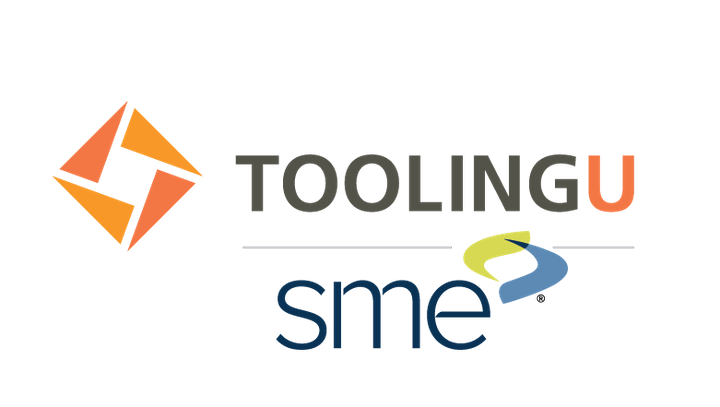Nondestructive testing (NDT) is the process of evaluating the quality and integrity of a manufactured part without harming its usability. There are six common NDT methods: visual testing, liquid penetrant testing, magnetic particle testing, eddy current testing, radiographic testing, and ultrasonic testing. Each method requires a certified technician choosing appropriate variables, operating the equipment, and interpreting results. Despite NDT's many advantages, no one NDT method is capable of finding all types of flaws and defects in every type of part. As a result, manufacturers and inspection personnel must have a proper understanding of NDT and its most common methods in order to ensure it is used both effectively and reliably. After taking this class, users will be able to better understand NDT, its six most common methods, and the appropriate applications of each.
Course Objectives:
- Distinguish between destructive and nondestructive testing
- Describe the advantages and disadvantages associated with nondestructive testing
- Describe nondestructive testing technician certification
- Describe visual testing
- Describe liquid penetrant testing
- Describe magnetic particle testing
- Describe eddy current testing
- Describe radiographic testing
- Describe ultrasonic testing.
Recommended Background
- Recommended for manufacturing personnel, including technicians, engineers, and managers
Course ID
TU008
Skill Focus
Beginner
Instructor(s)
Tooling U - SME
Employee Type
New Applicants, operations team, 1st level supervisor
Method of Delivery
Online
Estimated Effort
2.5 hrs
Cost
Contact for Price
Contact ToolingU for Course Program Details.
 Tooling U - SME
Tooling U - SME